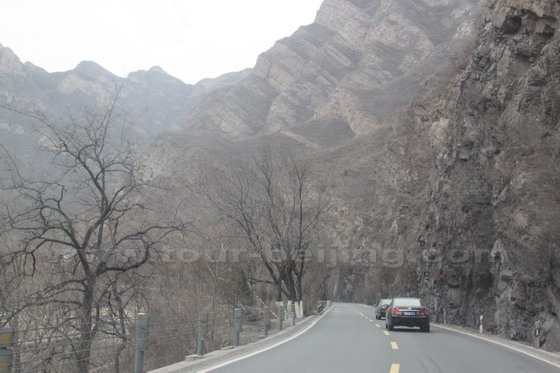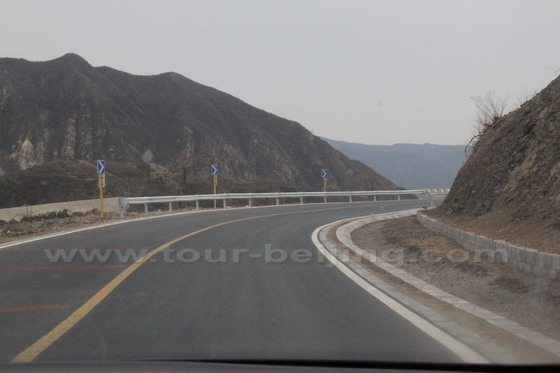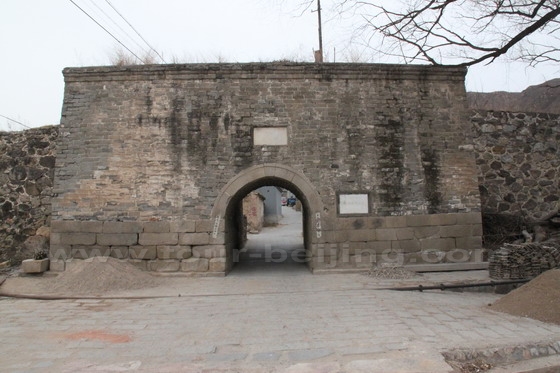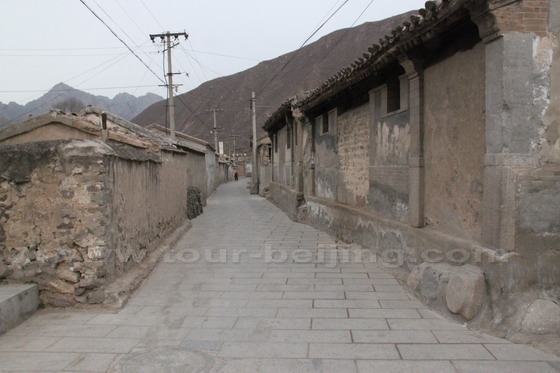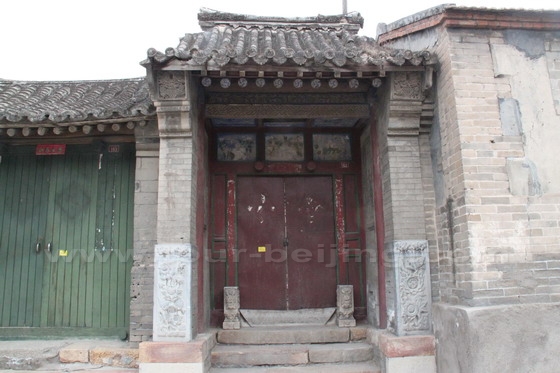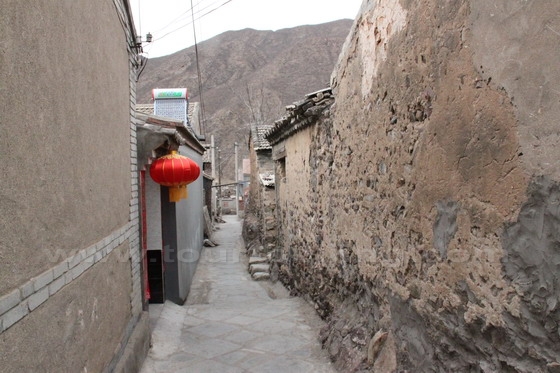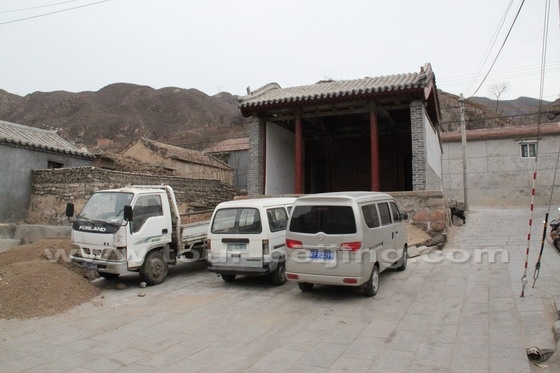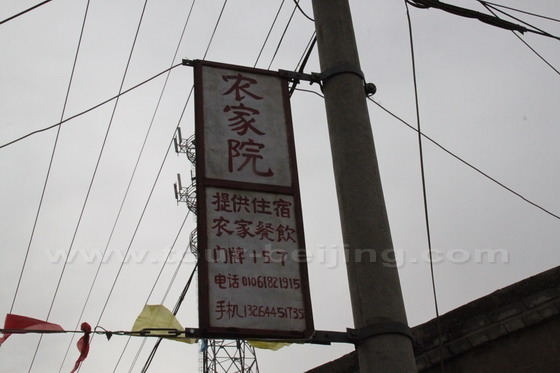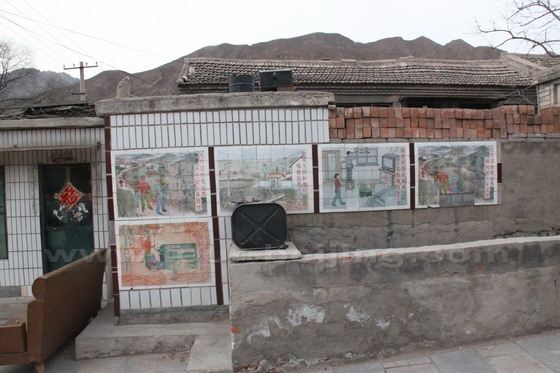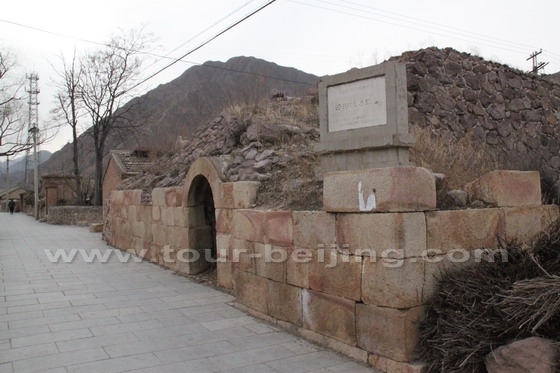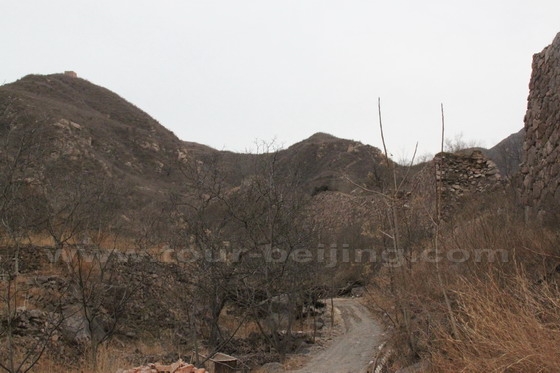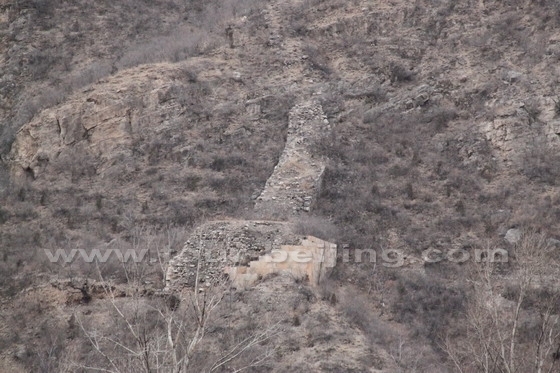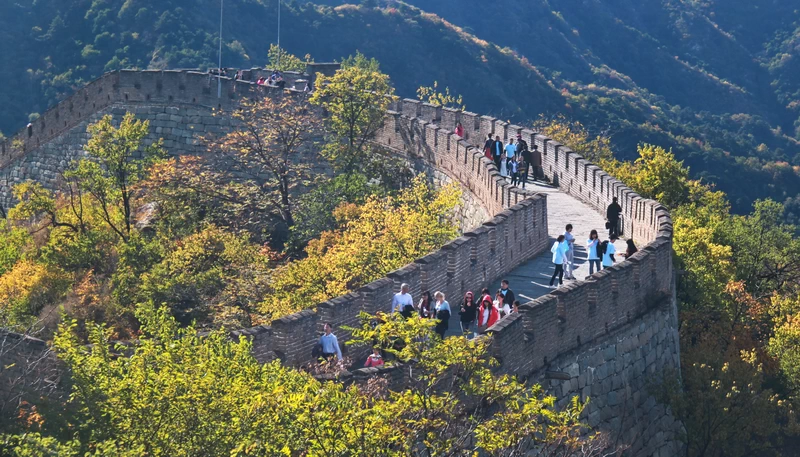“Yanhecheng” literally means “a riverside city”. It used to be a fortress built in 1578 during the Ming Dynasty (1368-1644), as part of the Great Wall in Ming Dynasty, a stronghold between Beijing and the northern frontier.
The fortress was built by the Yongding River, hence the name of Yanhecheng. The fortress and the river are nestled in the valley sandwiched by Huangchao Ridge and Qingshuijian Mountain. The old fortress, the ancient village, the river and the Ming Great Wall constitute a poetic picture of primitive simplicity.
The fort was once inhabited both by the garrison soldiers and the local villagers as well. Now the fort-turned village takes the same name as Yanhecheng Village. Half the villagers in the Yanhecheng Village still live within the former fortress.
The 500-year old fort has some remanents, the city wall, old houses, west and east gates, one tower and a small section of the Great Wall. The ancient fort stands on the hillside facing the river with two gates – east and west. Now the newly reconstructed road passes between the fort village and the river in the north.
Now follow us to explore the ancient fort village.
We drive from the downtown Beijing along the National Highway No.109 (G109) from the Fushi Road (阜石路)west of Beijing. The National-level Highway No.109 (G109) is the only highway linking Beijing city center and its Mentougou District where the Yanhecheng Village is situated.
The National Highway goes from Beijing and its destination is Lhasa with the total length of 3901km. The highway G109 snakes through the valleys and the paved mountain slopes in the mountainous Mentougu District which is composed of 9 towns. Yanhecheng Village is under the jurisdiction of Zhaitang Town of Mentougou District.
After driving about 75km on the highway G109, our GBS reminds us to get off the highway and turn right driving north for another 13km. There is a placard pointing to Zhenzhu Lake (珍珠湖)19km on our right side, the same road to our destionation – Yanhecheng Village. At the fork there is a filling station.
To our pleasant surprise, the road condition is very good thanks to the efforts made by the government aiming at linking all the villages in Beijing by high quality roads.
The Yanhecheng Village is in sight. At the village, the road goes to the east. So we are going to visit the village from west to east.
We get off the van and walk to the West Gate to the dilapidated fort village where there are still many villagers live. The west gate is well preserved. It is made of cobblestones and slabs.
The white marble tablet above the gate is carved with the characters”永胜门” meaning” a gate of lasting victory”. The gate tower was totally destroyed and te city moat was dried up.
The main street of the old fort village is made of marble slabs linking the west gate and the east gate. We walk on the main street from the west gate to the east gate.
The main street from the West Gate and the East Gate lasts 500 meters. The village is about 250 meters wide.
You can imagine the lively atmosphere the soldiers and local villagers enjoyed during that time.
The signal tower reminds you that the village is in the 21th century.
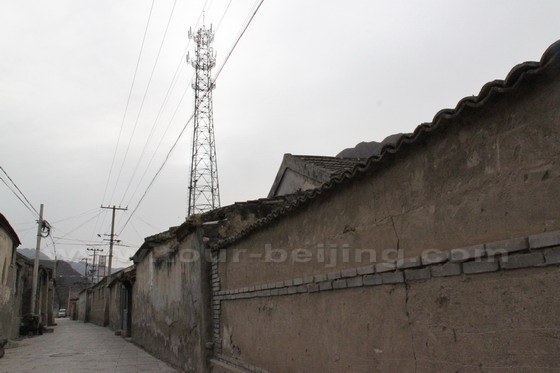
The village tiled mural telling the villagers how to deal with electricity for personal safety.
In the south of the fort village, you still can see the remaining city wall and the lonely watch tower perched on the hilltop above the village.
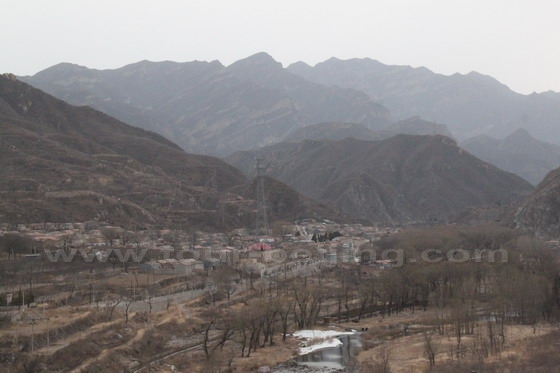
Tip: Hassle-free Great Wall Guided Tours
Don’t want to go the do-it-yourself route? No worries, We at Tour Beijing have some options for guided tours to Great wall Tours:
Mutianyu Great Wall Group Day Tour
Mutianyu Great Wall Half Day Private Tour
Hike from Jiankou to Mutianyu Great Wall Tour
Hike from Gubeikou to Jinshanling Great Wall Tour
Hike from Jinshanling to Simatai Great Wall West Tour
Badaling Great Wall + Mutianyu Great Wall Day Tour
Badaling Great Wall and Underground Palace Day Tour
Badaling Great Wall + Forbidden City + Tiananmen Square Day Tour
Add on
Yanhecheng Village
Shuangshitou Village
Cuandixia Village
Mentougou Vernacular Dwellings Day Trip
Further Readings
Top 10 Attractions in Beijing
How to Visit Forbidden City
How to Visit Temple of Heaven
How to Visit Summer Palace
How to Visit Ming Tombs
How to Visit the Great Wall of China
How to Visit Tiananmen Square
How to Visit Hutongs
How to Visit Olympic Sites
Top 10 Markets in Beijing
Top 10 Shopping Malls in Beijing
Beijing Shopping
Wangfujing Night Snack Street
Qianmen Commercial Street
Beijing Huguosi Street






